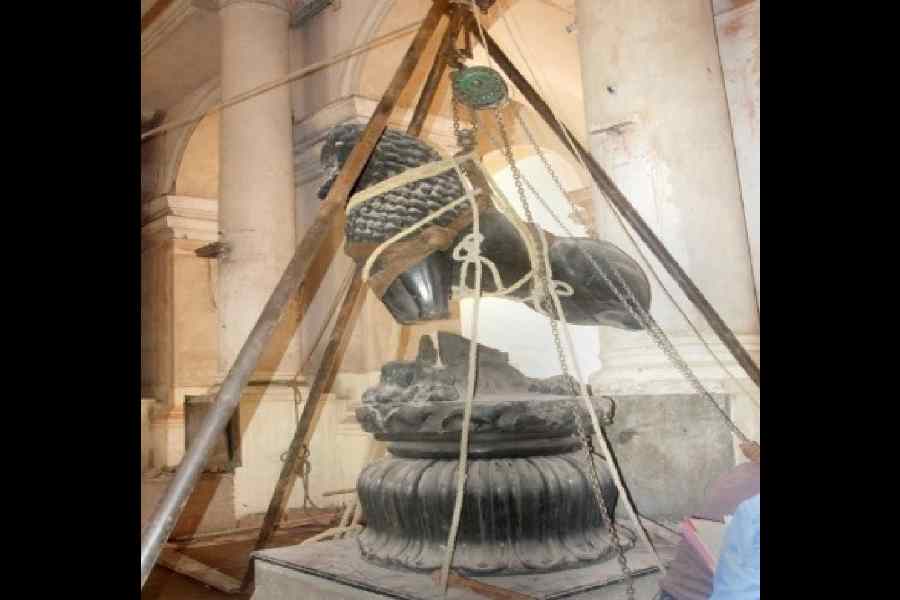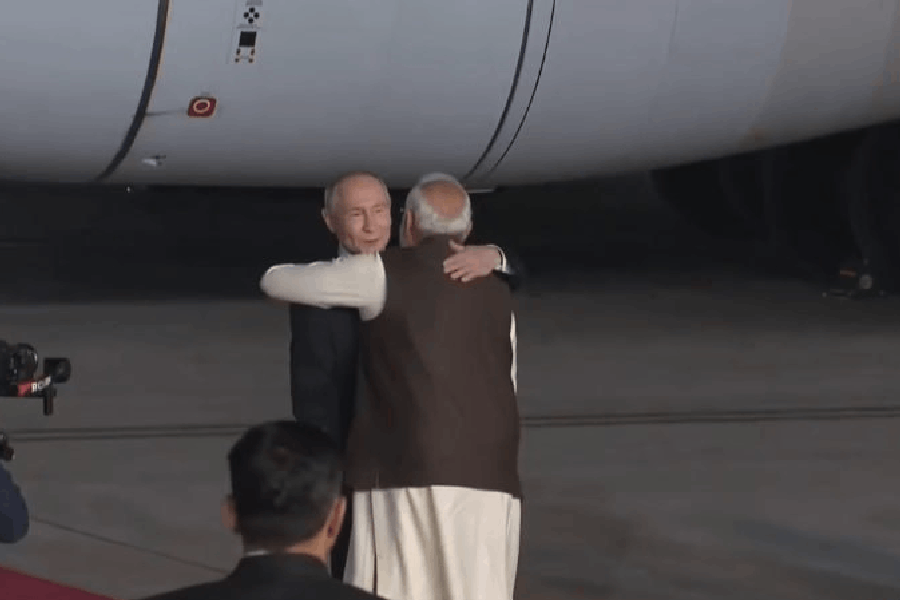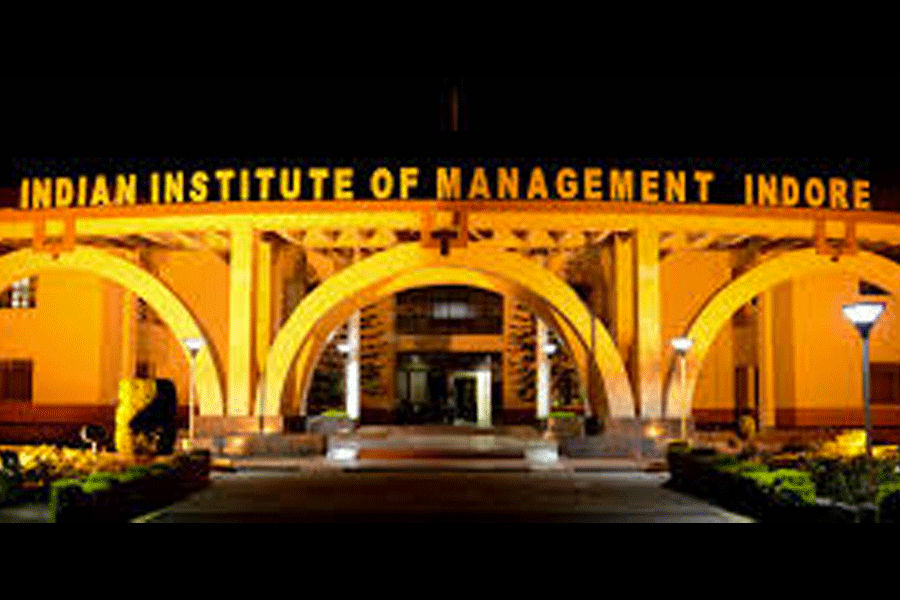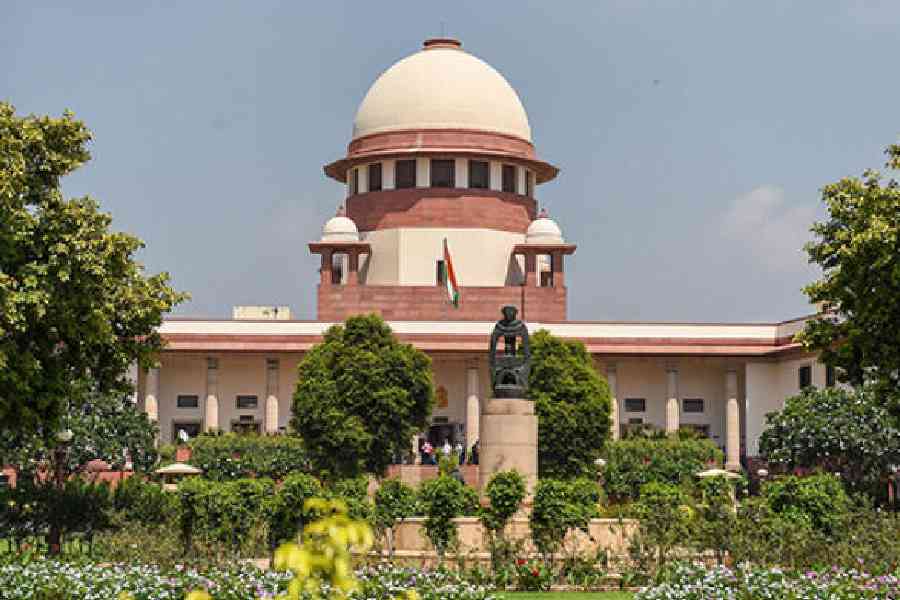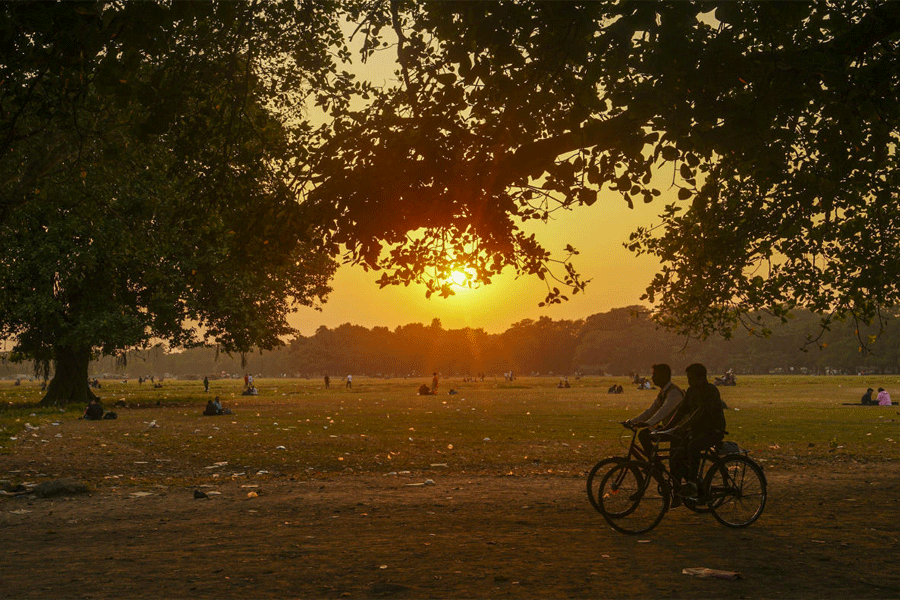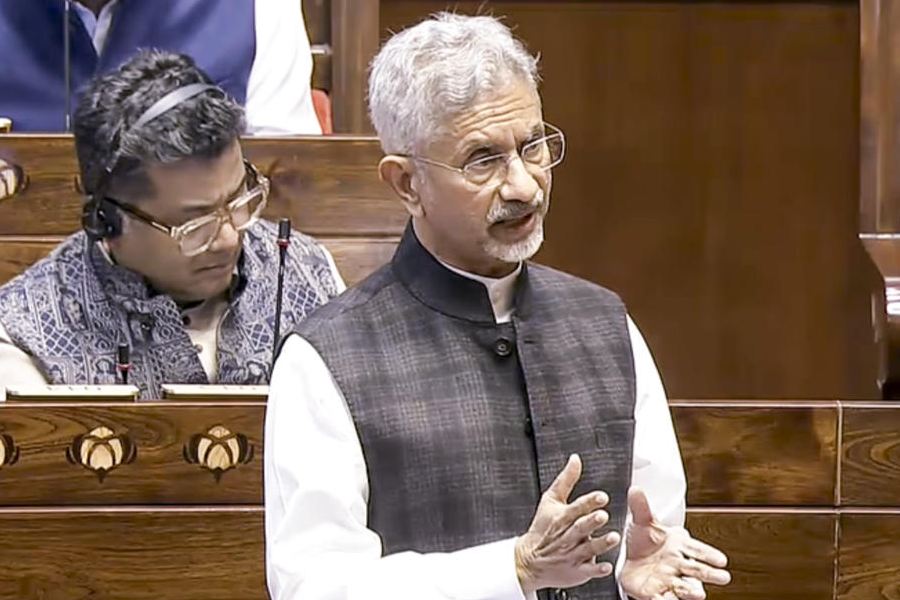I have always been puzzled by the special relationship that the British colonial rulers had with the Indian Empire, distinguished by an effort to build a large pool of knowledge about its history, customs, practices and institutions, as indicated by the grand scale of the colonial surveys — archaeological, linguistic, botanical, anthropological, geological, zoological — and the meticulous crafting of its census reports and district gazetteers. Indeed, the British were the first managers of India’s cultural heritage and this management entailed a combination of excavation, documentation, inventorisation and classification of objects and artefacts. It is well known that such documentation and management of India’s culture and heritage were an integral aspect of imperial power and did in no way camouflage its violence and repression. But this was definitely not what marked the European colonial regimes in modern Africa, and certainly not what the Spanish conquistadors did in the New World.
The range of what is regarded as heritage has broadened significantly since then. Once, heritage properties were individual monuments and buildings, like places of worship or fortifications, and were often regarded as standalone entities with no particular relationship to their surrounding landscape. Today, there is general recognition that the whole environment has been affected by its interaction with humanity and is thus capable of being recognised as heritage. It thus becomes even more necessary to make judgments about what has significance and what does not.
This conceptual expansion has meant, in turn, an enormous expansion in the range of structures and places treated as heritage. A 2013 UNESCO resource manual titled ‘Managing Cultural World Heritage’ recognises that heritage can be defined as “monuments, groups of buildings and sites,” and mentions a broad range that includes urban centres, archaeological sites, industrial heritage, cultural landscapes, and heritage routes. Evidently, there has been a great increase in the range of places and landscapes that now needs to be managed by heritage managers with a corresponding widening of the range of skills required to do so.
Unfortunately, the management system of our cultural heritage is not adequately equipped for this enhanced role. Let’s consider an intriguing fact. The scheme of Fulbright scholarships for Indian citizens funds a Master’s Fellowship in the United States of America in Arts and Culture Management, including Heritage Conservation and Museum Studies. Evidently, the subject is sufficiently important to be taught widely in the US and the West and to force its way into a fully-funded, international exchange programme as important as the Fulbright. However, notwithstanding the big noise regularly made about the ‘soft power’ of Indian culture, arts and culture management is poorly integrated into our curriculum. As much as we debate endlessly and often violently over our heritage, we do not study it systematically in the same fashion as the British colonial rulers did. India has IITs and IIMs, but nothing like an Indian Institute of Cultural Management, not even a sub-branch available as a specialisation in any of our many and mushrooming management institutes.
Quite some time ago, I saw several History Departments in Indian universities, especially in the South, branching out into History and Tourism Studies programmes. But similar border-crossings have not taken place in respect of this subject. India has 35 cultural sites with UNESCO World Heritage status and is campaigning to add 50-odd sites to that list. Yet, it does not have courses for conservation and heritage management except a few modules in the Centre for Heritage Management in Ahmedabad University, the School of Heritage Research And Management in the B.R. Ambedkar University in Delhi, a relatively new institution called the Delhi Institute of Heritage Research and Management, and a handful of short-term courses offered by the Archaeological Survey of India, the Indian National Trust for Art and Cultural Heritage, a couple of museums in Mumbai and — most recently — the Indian Institute of Heritage in Delhi, which is a reboot of the National Museum Institute under the ministry of culture.
Sadly, too many posts in most of India’s major museums are vacant but — startlingly — there is no synergy between this demand and the supply lines coming in from the Museology Departments of India’s universities. Why is this so? If cultural institutions are responsible for not revising outdated recruitment rules for a long time, the universities — and, thus, the University Grants Commission — must share the blame for not updating their curricula to reflect, and cater to, the rapidly expanding needs of the management of India’s cultural heritage. This is one of the major reasons why a landmark 2013 report of the comptroller and auditor general of India on the Performance Audit of the Preservation and Conservation of Monuments and Antiquities in India had very unflattering things to say about premier cultural institutions in the country.
In short, the management of cultural heritage is now a subject of rapidly increasing importance, but India does not have the human resources to face up to these challenges. To a lesser extent, this reflects a lack of synergy and dialogue between those wings of the government that look after culture and education, respectively. To a larger extent, this flags a pervasive failure to think through these challenges and deal with them holistically, involving the government as well as civil society.
Insofar as the management of cultural heritage involves colonial-type exercises in verification, documentation, digitisation, and inventorisation, some beginnings are visible. There are ongoing projects like the National Mission on Monuments and Antiquities and the National Mission for Manuscripts. There is also greater attention to standardisation of best practices and to the formulation of policies that take international norms into account. Several museums are participants in a landmark project of putting digital versions of their collections up on an integrated website that showcases, on a common platform, the cultural antiquities held by the government museums.
However, all these initiatives are still oriented primarily to tangible heritage — buildings, artefacts, monuments. A hefty 248-page dossier titled Improving Heritage Management in India compiled by NITI Aayog in 2019 bypassed intangible cultural heritage altogether and chose to focus on impressively vacuous “strategic elements” like “connecting with people” and “capacity building for heritage management at all levels in partnership with national and international institutions”. So who will protect and manage our music, our dramatic traditions, our traditional craft skills and so on and so forth? I was pained to know, several years ago, that one of India’s pioneering ethnomusicologists, Deben Bhattacharyya, had his collection of 16,000 hours of recorded folk music from India and Europe taken over by the Bibliothèque Nationale in Paris. Similarly, it frustrates me to think that if one wants to document and digitise such folk musical traditions now, museums cannot readily do it from their usual funds — because they do not yet cover intangible heritage — but they need to apply and compete for a limited number of grants from the British Library. That too in this era when ‘decolonisation’ is a deafening buzzword!
Instead of sounding like a doomsayer, I will end by saying that we have made significant new beginnings and launched ventures that are fraught with possibilities as well as problems, the most significant of which is the creation of adequately trained human resources to take charge of managing our cultural heritage in an age of global and rapid economic and technological change. This is, of course, a task that the State cannot accomplish on its own; so it will need civil society as well as the corporate sector as partners. But there is little doubt that it must act more proactively, and with greater serious intent, rising above the allure of gimmicky alliterations like ‘Reinvent, Rebrand, Renovate and Rehouse’.
Jayanta Sengupta is Director, Alipore Museum; jsengupt@gmail.com

